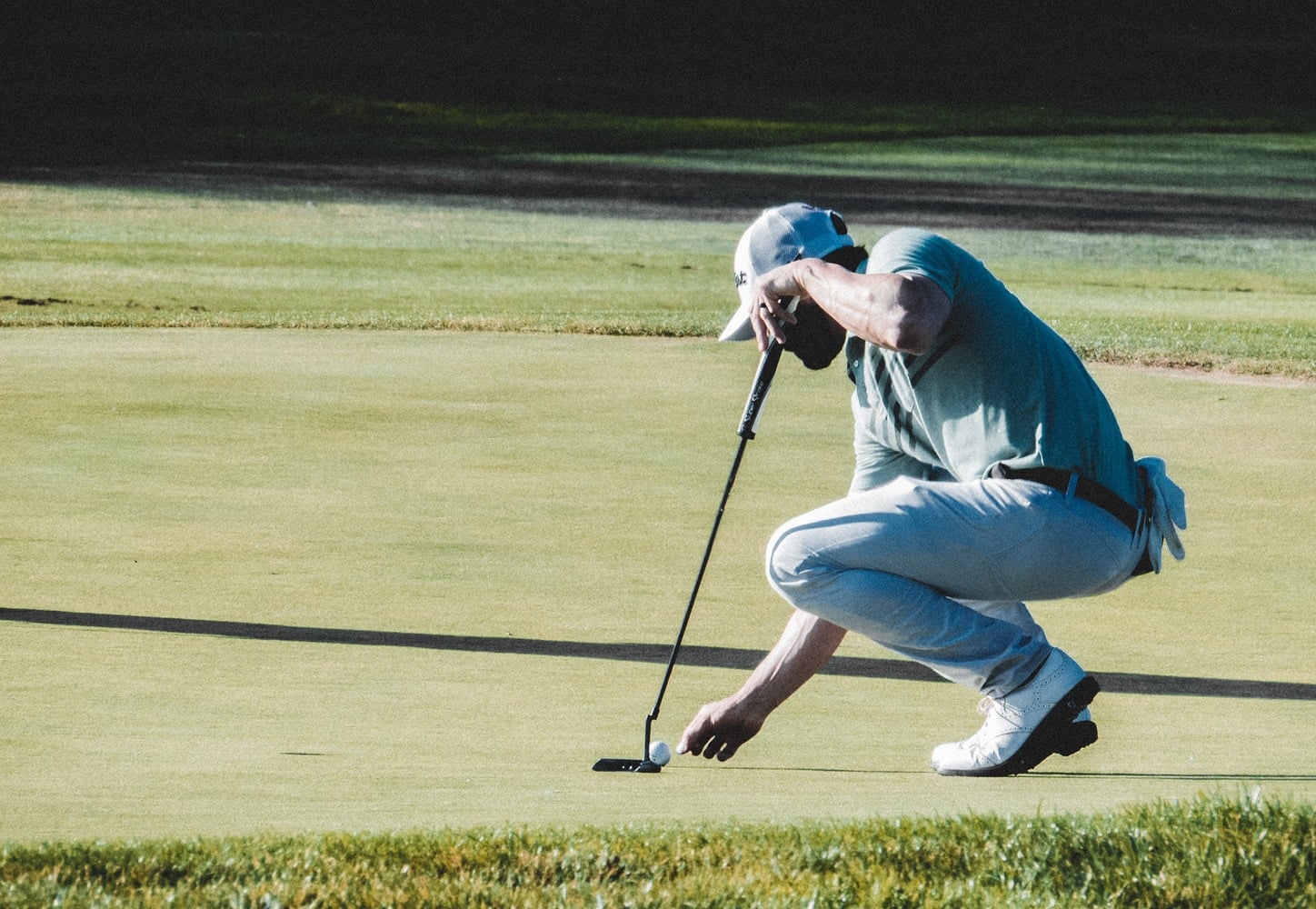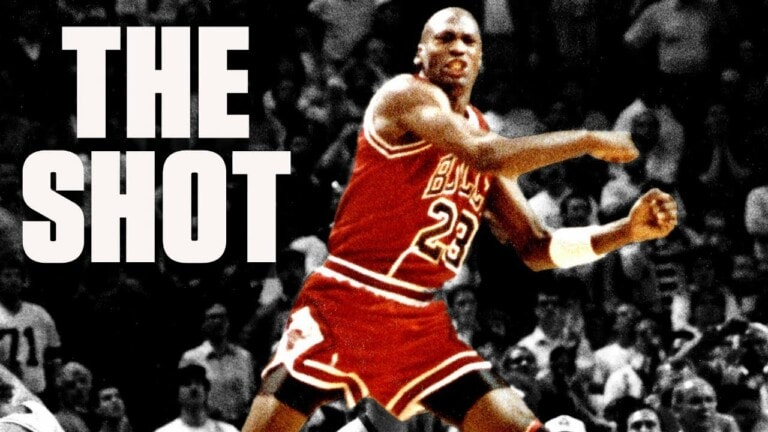Table of Contents
ToggleAs Your Body Changes, Consider Changing Your Swing
You know the time in your life when you stop putting the right amount of candles on your birthday cake? When you start noticing how young everyone else looks? You begin to realize you have more aches and pains, and things you have done your entire life are suddenly not as easy as they used to be.

If you are reading this, then you know what we’re talking about and you can probably relate, at least to a certain extent. Aging is a blessing but it can take a toll if not done with care. As physical activities start to have a bigger impact on your health, it is important to give yourself the best opportunity possible to continue what you love to do without injury.
Although some may see golf as a leisurely sport because it doesn’t involve running or lifting heavy weights, it does require a certain level of physical fitness to swing the club with success and without getting injured. For that reason we want to provide some tips to help you maintain your game as you age like a fine wine.
Stretching

It is important to start any round or range session with at least five minutes of stretching. This applies to golfers of all ages but it becomes even more important the older you get. Muscle elasticity deteriorates as you get older which makes you more prone to muscle tearing and muscle-related injury. But that doesn’t mean being flexible at an older age is impossible, it just means it will take more practice. Plan to arrive to the course or driving range five minutes earlier and do the following stretches:
- Torso twists: Plant your feet shoulder-width apart and gently twist your torso side to side for twenty repetitions. If you feel comfortable to do so, you can enhance this stretch by holding a club horizontally at each end and, with your arms down and relaxed, twist the club around your hips. You should start to feel your back loosen up with each repetition.
- Toe (or whatever is closest) touches: Bend at the waist and gently let your head and arms hang down to the ground with the goal being to touch your toes. If your toes seem like an impossible feat (feet…?), don’t force it. Let your head and arms hang where they are comfortable and take deep breaths for 30 seconds. As you breathe, you should start to feel yourself going deeper into the stretch. This stretch will also help loosen up your back and stretch your hamstrings which will prepare you to walk a course.
- Cross-body shoulder stretch: Cross one of your arms over your chest and hold above the elbow with the opposite hand. With the hand that is holding your elbow, pull the crossed arm toward your chest and hold for 30 seconds. Switch arms and repeat on the other side.
- Practice swings: This one might seem like an obvious tip for some but for others it is easily overlooked. Although it is tempting to start hitting that bucket of balls right away, it is more important to warm up your swing. Do so by taking your lightest club, the driver, and take a shallow backswing and full follow through. Repeat this twenty times. The more swings you take, the more you should feel like you are able to take a slightly deeper backswing and more controlled downswing.
Shallower Backswing
Overswinging is a common flaw among amateur golfers of all ages, but it can hurt more than just your ego as you get older. Taking a shallower backswing will help avoid pulling your shoulders and back farther than they should go. Prevent the backache by monitoring your transition angle on the ClubHub app and making sure you are staying within a few degrees of what is comfortable for you.
Do not try to swing past parallel if it is causing you to lose your kinematic sequence and feel like you are stretching yourself farther than what is comfortable. You can still produce a powerful swing even with a transition angle of +20 degrees, which would mean the farthest point in your backswing is 20 degrees above parallel. Try to maintain an achievable and consistent angle throughout your entire round or range session.
Slower Speed – Same Tempo
We already live in a fast-paced world, why do we need to speed up anything else? Okay, we’ll at least speed up to our point. Slow down your swing, maintain your tempo. If you are nearing or already at retirement age, it’s probably safe to say you’re not hitting the gym every day for three and a half hours like the 2020 version of Bryson DeChambeau, and that’s okay.
But it also means you don’t need to be trying to hit the ball with the same swing speed as today’s protein-powdered pros. Hitting a club head speed in the 70-80 mile-per-hour range can still produce a powerful and, more importantly, repeatable swing. Work on maintaining a steady club head speed during your range sessions and try to aim for the same speed during your rounds.
Shorter Range Sessions
Spending all day at the range may seem like a fun way to spend a day, but it can also have a negative effect on your game. In club fittings, many fitters do not encourage players to hit as many balls as possible because they know that players will reach a point where they are beyond warmed up and hitting fatigue. This same theory applies to practicing on the range. Spending hours hitting balls will take you through the evolution of warmup, to hitting your groove, to exhaustion.
It is better, both mentally and physically, to end your range sessions before you start to notice your performance taking a down turn. It will save your body from being overworked and you can maintain a positive outlook on your game by ending on a high note, rather than being frustrated.
Take note of the duration and number of balls hit during your range sessions in Track Performance > Recent Range in the ClubHub app. You can use these numbers to keep track of how long it typically takes you to hit a small or medium bucket of balls and compare those numbers to your swing parameters throughout the sessions. If you have a particularly long range session and your swings were more inconsistent in the latter half, use that as a sign that you should end earlier next time.
















